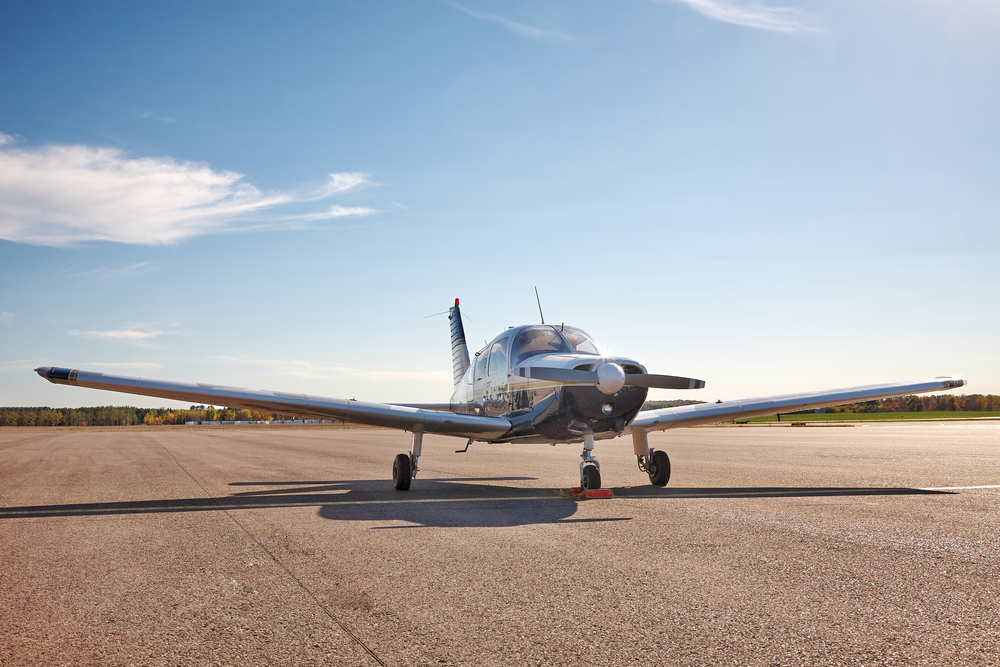Pan Am 747: An Aviation Icon
Pan Am 747: An Aviation Icon
The Pan Am 747, also known as the Boeing 747, became a symbol of the modern era of air travel. Pan American World Airways, commonly referred to as Pan Am, was the first airline to introduce the Boeing 747 into commercial service. This large and powerful aircraft transformed the aviation industry and allowed for greater numbers of passengers and cargo to be transported across the globe.
Development and Introduction
The Boeing 747 was developed in the 1960s to cater to the growing demand for air travel. Pan Am played a significant role in its development. In 1966, Pan Am placed an order for 25 Boeing 747s, which was the biggest order for jets at that time. This order solidified Pan Am’s influential position in commercial aviation. The first Boeing 747 entered service in January 1970 on the New York to London route.
Aircraft Specifications
The Boeing 747 was a revolution in aircraft design. It featured a wide-body fuselage and two aisles, making it capable of carrying more passengers than any previous commercial aircraft. The plane was designed with a distinctive hump on its upper deck, which initially housed a luxurious lounge for first-class passengers. The capacity of the original 747-100 series was about 366 passengers. The 747 was powered by four high-bypass turbofan engines, enabling it to fly longer distances without refueling.
Impact on Air Travel
The introduction of the Boeing 747 had a profound impact on air travel. It made international travel more accessible and affordable to the masses. This was a significant shift from the prior era, where air travel was considered a luxury. The increased passenger capacity and fuel efficiency of the 747 reduced operational costs for airlines. Additionally, the 747’s range allowed for non-stop transcontinental flights, which was a game-changer for global connectivity.
Pan Am’s Role in Popularizing the 747
Pan Am was instrumental in popularizing the 747. As the launch customer, Pan Am’s initial routes and marketing efforts set a standard for other airlines to follow. They emphasized the spaciousness and comfort of the 747, appealing to both business and leisure travelers. Pan Am’s iconic globe logo and the distinct blue stripe along the fuselage became synonymous with international travel. The airline’s extensive global network further enhanced the 747’s reputation as the premier long-haul aircraft.
Interior Design and Amenities
The Boeing 747 offered several innovations in interior design. The plane’s spacious cabin allowed for a range of seating configurations, including economy, business, and first class. The upper deck lounge was a notable feature, providing a space for passengers to relax during long flights. Over the years, the 747’s interior underwent various upgrades, incorporating the latest technologies and amenities to enhance passenger comfort.
Technological Advancements
The Boeing 747 incorporated several technological advancements that improved performance and safety. These included advanced avionics, redundant hydraulic and electrical systems, and improved aerodynamics. The aircraft’s high-bypass engines provided greater fuel efficiency, reducing operating costs and emissions. The 747’s robust design and construction have made it one of the safest and most reliable aircraft in commercial aviation history.
Operational Challenges and Milestones
While the 747 was a groundbreaking aircraft, it also faced several operational challenges. The sheer size of the plane required airports to upgrade their facilities, including longer runways and larger gates. Moreover, the high operating costs associated with maintaining a fleet of 747s were a concern for many airlines. Despite these challenges, the 747 achieved several milestones, including being the first aircraft to fly non-stop across the Pacific Ocean and setting numerous records for passenger and cargo transport.
Competitive Landscape
The success of the Boeing 747 prompted other manufacturers to develop their own wide-body aircraft. Competitors such as the McDonnell Douglas DC-10 and the Lockheed L-1011 TriStar aimed to capture a share of the long-haul market. However, the 747 maintained its dominance due to its superior range, capacity, and reliability. Over time, new versions of the 747, such as the 747-200 and 747-400, were introduced to stay ahead of the competition.
Economic and Cultural Influence
The introduction of the 747 had a significant economic and cultural impact. It facilitated international business travel and tourism, contributing to the globalization of the economy. The 747 also became a cultural icon, featured in movies, books, and media as the quintessential long-haul airliner. Its influence extended beyond aviation, symbolizing human achievement and technological progress during the late 20th century.
Legacy and Continued Use
Although Pan Am ceased operations in 1991, the legacy of the 747 lives on. The aircraft continues to be used by airlines worldwide, albeit in different roles. Many airlines have transitioned their 747s to cargo operations, taking advantage of the plane’s large payload capacity. Modern versions of the 747, such as the 747-8, continue to be a testament to the durability and adaptability of Boeing’s original design.
Conclusion
The Pan Am 747 remains one of the most iconic aircraft in aviation history. Its introduction marked a turning point in air travel, making it more accessible and efficient. Pan Am’s role in the development and popularization of the 747 cemented its place in the annals of aviation. The 747’s legacy endures, symbolizing the spirit of innovation and progress that defines the aviation industry.
